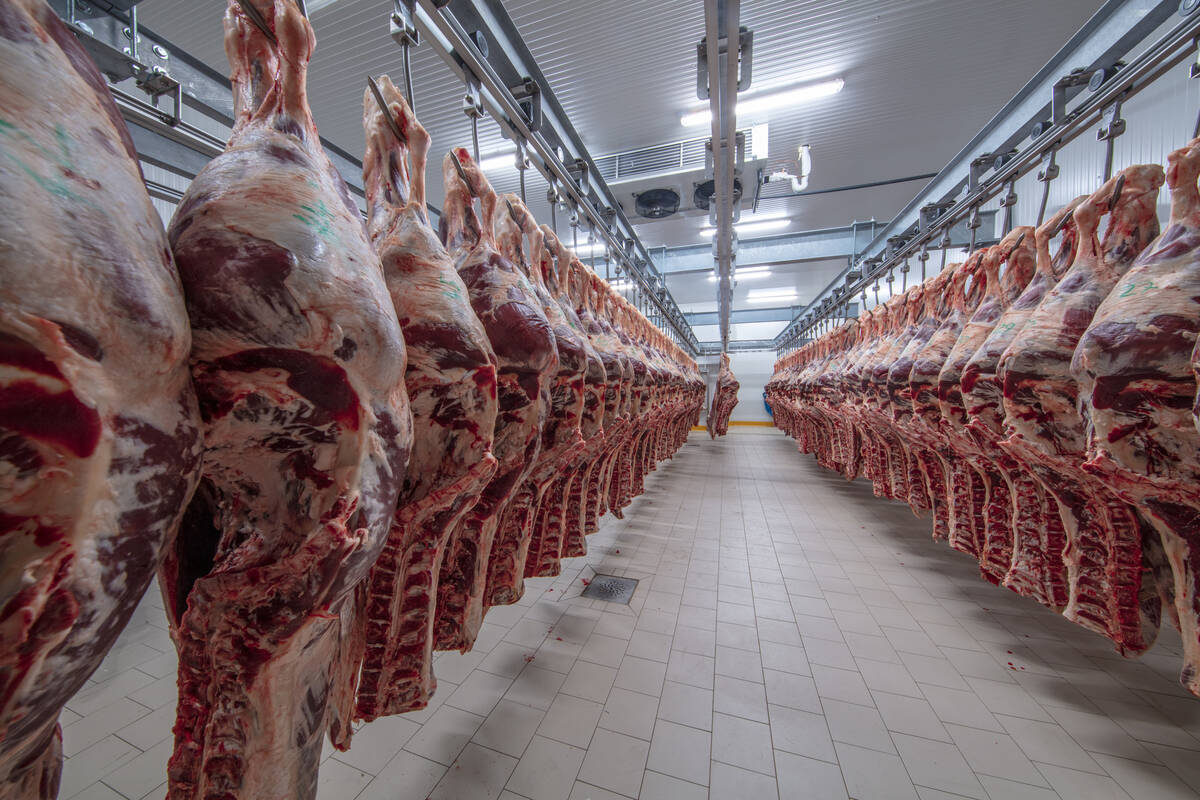Glacier FarmMedia | MarketsFarm — Price movement among crops in futures markets varied for the week ended June 4 with Minneapolis spring wheat seeing big gains.
The Minneapolis July contract surged by more than 32 U.S. cents per bushel from May 28 to 31 at US$6.3425, its highest level since March 18. The July dropped back to US$6.24/bu. on June 4.
Tom Lilja, an analyst for Progressive Ag in Fargo, N.D. said worse-than-expected crop conditions for spring wheat were the main driver behind spring wheat’s rise. The United States Department of Agriculture released its initial spring wheat crop rating on May 27 at 45 per cent good to excellent.
Read Also

U.S. livestock: Hogs, cattle fall
Chicago Mercantile Exchange livestock futures fell across the board on Wednesday. Most-active February live cattle futures closed at 229.550 cents…
“Those were the second-worst ratings to start the growing season since 1988. They were very similar to the first ratings of 2021, which were both drought years. So the market reacted very favourably to that,” Lilja said.
Meanwhile, prices for the Chicago and Kansas City varieties have either firmed up or increased slightly. Those were attributed to greater international demand.
“We’re seeing one of the higher rates of export sales for this time of the year,” Lilja added. “Prices got cheap and international buyers came in and that was another reason the wheat markets were covered.”
Corn and soybeans showed the opposite price movement during the week. At the Chicago Board of Trade, July corn fell to its lowest price (US$4.3425/bu.) since Oct. 18, while July soybeans dropped to US$10.325/bu., its lowest mark since April 11. Both contracts recovered some of their losses in the following days.
Healthy rains across the U.S. Corn Belt resulted in lower prices, Lilja said.
“The other thing was that soybeans climbed to a resistance area. It seems like every time it gets into that US$10.70/bu. area, it has a tough time getting through it,” he said.
More planted U.S. corn acres at the expense of soybeans will affect prices for both crops.
“It seems like the soybeans and soyoil complex have a little more friendly fundamental news,” he said. “The corn market could continue to struggle due to higher acreage prospects.”















